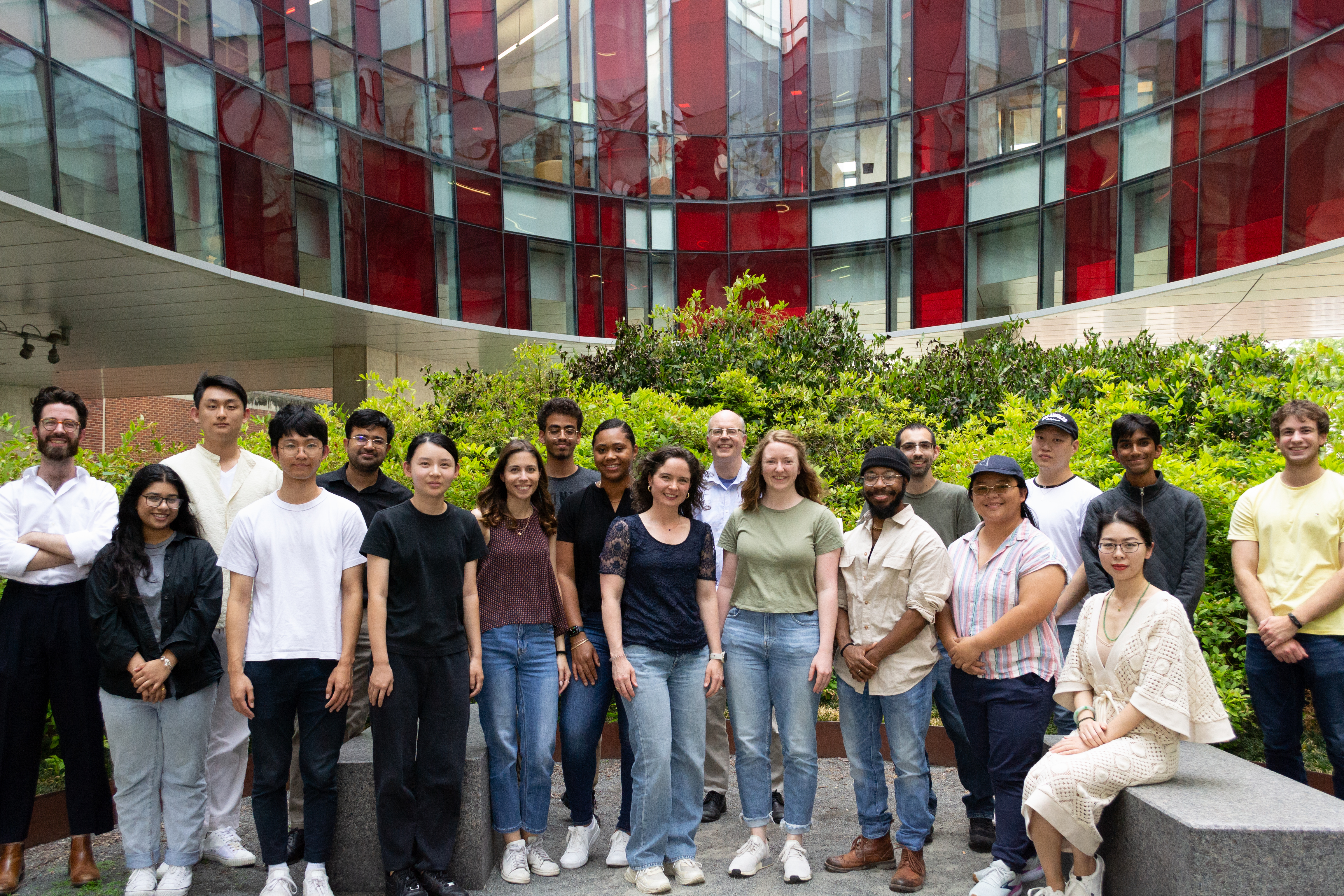The research of my team is motivated by the vision that quantitative data analytics, models, and machine learning will yield fundamental insights into the behavior of living systems, and will allow us to translate basic insights into novel approaches to control living systems. My group focuses on the use of physical signals (light, EM fields, sound, and texture) to restore or enhance the behavior cell groups. The group behaviors of particular interest are the collective motion of epithelial cells, important for development and wound healing, and the collective activity of brain cells, which are central to information processing and cognitive functions. centers on elucidating the physical and statistical properties of living systems from an excitable systems perspective.
Biosensing with excitability: We discovered that biomechanical waves can act as primary sensors of the physical environment of a cell, in particular electric fields and texture (Yang et al PNAS, 2023). Our finding also provides a new perspective on the biological impact of elongate mineral fibers (such as asbestos) (Gu et al, Environmental Research, 2023)
Biocomputing: My team aims to push boundaries at the convergence of neuroscience and AI by investigating the computing characteristics of living neural networks. Please see recent publications and preprints for the current status of this work. Work supported by ARL, AFOSR, and other sponsors.
Data Science in Physics: Data Science and Machine Learning are emerging as powerful drivers of innovation across all areas of physics including the physics of living systems. I served on the inaugural leadership team that started a new APS Group on Data Science (GDS) and served as chair of GDS in 2021-2022. I was part of a team that won an APS innovation award (PI: William Ratcliff, NIST) to start a Data Science Education Community of Practice (DSECOP)

